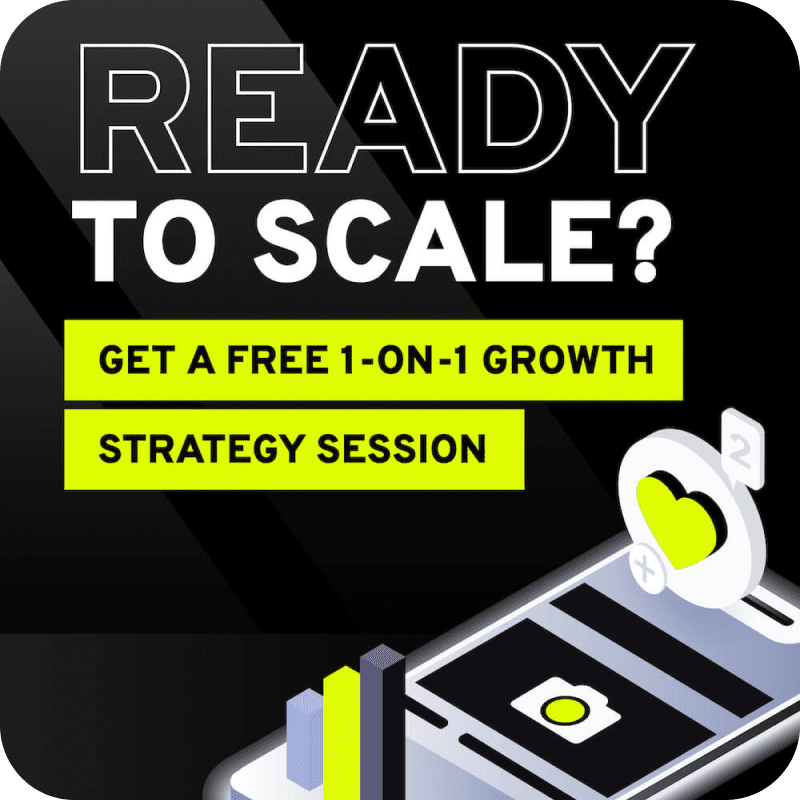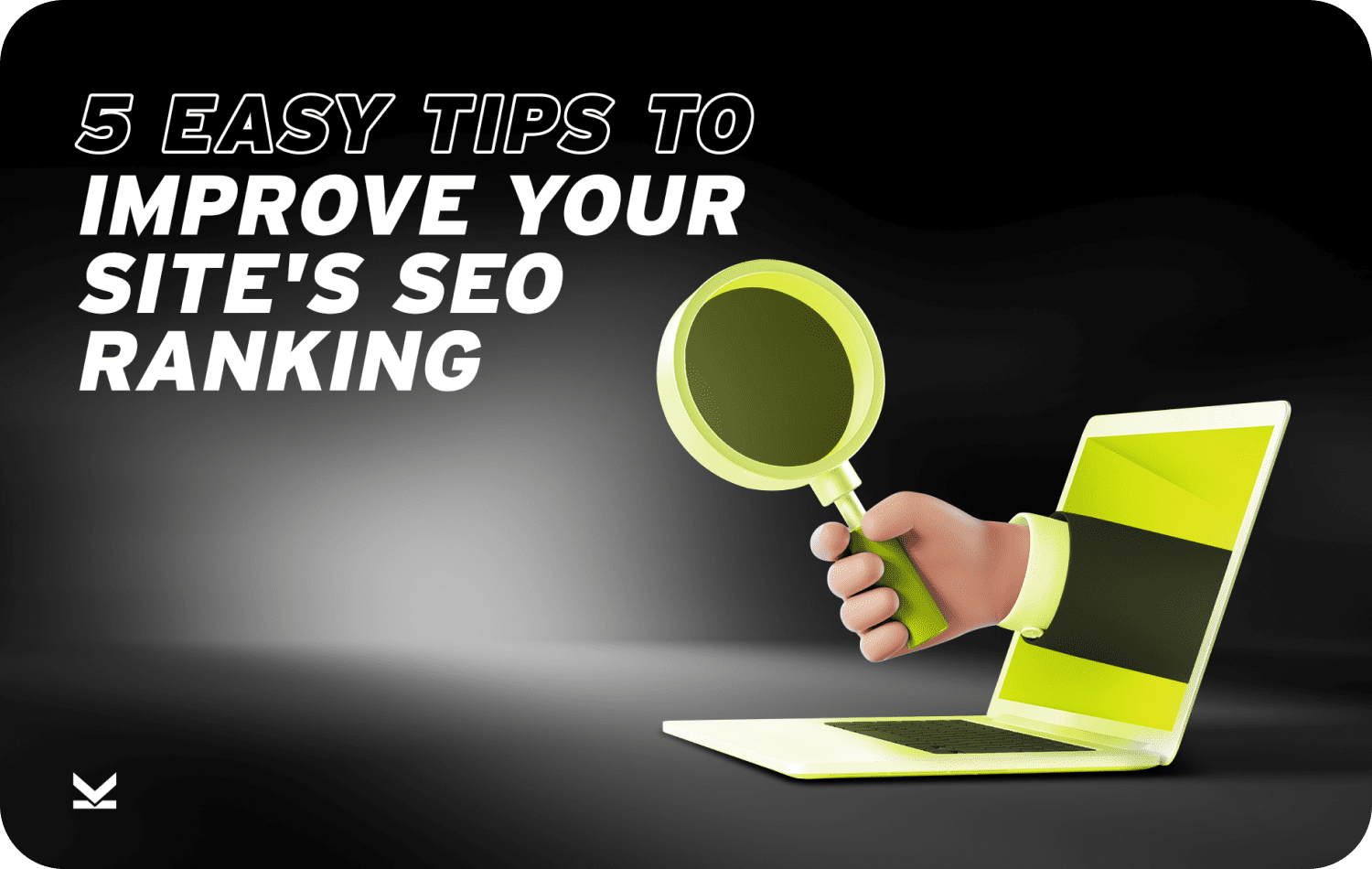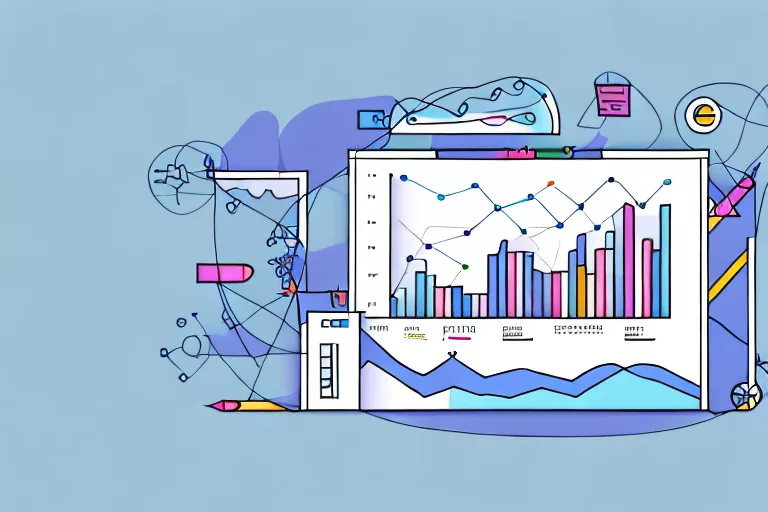What if I told you that you can make your copy that already works even more effective?
Well, you can! You can turn your long-form sales copy into what’s called a Video Sales Letter.
Repurposing your copy into a Video Sales Letter will attract more attention from your target audience which can result in higher conversion rates. And why wouldn’t you? We are in the golden age of video content! The rise of video sharing platforms such as YouTube, TikTok, and virtually all other social media platforms have seen an increase in the consumption of video content. Even on Facebook, pages with videos see a 157% increase in organic page reach compared to pages that are solely focused on posting text. 66% of consumers have watched videos to learn more about a brand or a product, with other consumers expecting more videos from brands.
In short, you should be taking advantage of this! It’s the perfect opportunity for you to reach your prospects and show them what your brand, product, or service is about. If you don’t quite know where to start, you’re in the right place!
Stick around and we’ll answer your most basic VSL questions, plus a step by step guide on how to make a winning VSL that converts!
But first…
What is a video sales letter?
A video sales letter or VSL, as we’ll refer to it from here onwards, is a video used to persuade prospective customers to convert using a hook, clear CTA, storytelling, and other persuasive methods to earn and keep the audiences’ attention. Simply put, it’s your ad copy in video format.
What kind products or offers work best with VSLs?
While it can be argued that all products or offers can benefit from a VSL, there are certain offers that relatively suits it better. VSLs works best with information products. Rather than having a physical product to sell, such as shampoo or even a phone, information products sell knowledge. As such, it can be difficult to advertise “knowledge” in other formats such as written copy or paid media ads. For example, Strikepoint Media has worked with Weiss Ratings on a VSL about Weiss Crypto Investor, a subscription service for knowledge, tutorials, guides, and more about cryptocurrency. The service being offered is, to say the least, complex. A complexity which cannot possibly be fully expressed with a 1-minute, skippable ad.
Yes, written copy could fully express that. But then again, a majority of the audience prefers watching a video over reading a long-winded copy. 95% of consumers like video content more than written ones in the different stages of making purchase decisions.
How long should a VSL be?
You probably wouldn’t like this, but the answer is it depends. It depends on so many factors and there’s no one specific rule on how short or long your VSL should be. While thinking on the proper length of your VSL, here are some factors you might want to take into consideration:
- Audience
- Offer
- Message
- Price
The general rule of thumb is to make sure that your video is neither longer nor shorter than what you need to get your point across. It has to be just right. Keep in mind that in most VSLs, your audience will not be able to fast forward nor skip to specific parts of the letter. This makes it all the more necessary to ensure that your video is just the right length to keep them engaged. A split second too short would risk not getting your complete message across and split-second too long, and you risk losing their attention.
What channels work best?
Typically, VSLs have worked best when the user is coming from a video platform. So YouTube & TikTok are great places to start to target cold traffic you want to convert. If the prospect is already going to a platform to consume video content, they’re more likely to interact with a VSL.
How are VSLs hosted?
VSLs are usually hosted on your own domain, either using a landing page builder like Unbounce or naturally through your web builder. Typically, you can’t skip or fast forward in VSLs because we want the prospect to get the full message before being introduced to the CTA. Because of this, you don’t want to host VSLs on YouTube or any video platforms that give the user complete control over their consumption of the video.
Step by step guide on making a VSL that converts
Step 1: Identify your customer avatar and create a before and after grid
Whatever marketing strategy you come up with will only be successful if you keep your target audience in the forefront of your mind. Always. Knowing what your buyers like and dislike will put you in a much better position by pandering on the former and avoiding the latter. Which, in turn, gives your videos a much higher chance to capture their attention.
As for the before and after grid, remember that you’re not just selling a product, you’re selling a transformation. You need to know what benefit you want to emphasize and how that would change the prospective customers’ lives for the better. Starting with the before, you describe the “before” state of your buyers. The problems that they’re grappling with, and how that’s affecting their lives. If you’re selling a course for social media marketing, you would have a marketer or a small business owner trying to improve their social media as your customer avatar. Their before state would probably look something like low engagement or low conversion rates. Maybe they don’t know how to start at all. The “after” state is where you describe how their lives would look like after your product “solved” the problem they had in the “before” state. Your course would help them develop a strategy to ensure higher engagement and higher conversion rates.
If you don’t know how to make your customer avatar, we have just the perfect resource for you! We’ve recently posted a blog on how to make a customer avatar to hook your ideal clients every time. As for the before and after grid, Elevate Digital details how to make a customer transformation grid.
Step 2: Scripting
Like any other form of marketing, planning is half the battle. In making your VSL, this is where a script comes into play. A script is a non-negotiable in all video-making projects, no matter how long or short the video is. It ensures that the speaker or actors knows what exactly they need to say or do, among other elements or queues that needs to be in the video. No matter how good of a speaker you are or how much you know your product, improvising is probably a bad idea.
Scripting a VSL is more complicated than it might seem. There are many elements you need to include and convey in a crystal clear manner, including:
Attention-Grabbing headline
The first 8 seconds of your video are crucial. It’ll decide whether your audience will continue watching the rest of the video or click out. Capturing their attention is important and you can do that by crafting an eye-opening headline. This part is often referred to as the “hook” and can be achieved with different strategies.
Identify the problem
Remember the before state? It would come in handy for this part of the script. You need to emphasize the problem and why it’s a problem. Why does it need to be solved in the first place?
Build credibility
Brag a little. You need to convince your audience that they can trust you. Why do they need to listen to you? What are your qualifications? Not too much though, you don’t want to come off as arrogant. Also, avoid including qualifications or achievements that has nothing to do with the product or service that you’re offering
Aggravate the problem
Get deeper into the problem. If your video is relatively short, you can probably get away with excluding this part so long as you’ve already defined the problem well in B (Identify the problem). If your video is longer, you can emphasize more pain points for your customers and further driving home the idea that it IS a problem and you can and will solve it for them.
Provide the solution
Now, it’s time to introduce your product. Explain how your product is the solution to their problems and how it works.
Make the offer (Gain)
Make the offer for the product you’ve just introduced. This is the first offer in your VSL so far, and you need to focus on what benefits the audience can gain if they buy your product. If the before state is used in the identifying the problem, the after state would fit very well in this part. Paint a clear picture of what life would look like if they use your product and it solves their problem.
Give a guarantee
This part is also optional, but you can use this to build trust with the audience. Have you ever heard of those promotional ads that say they’ll refund their money if the product doesn’t work for the customer? This signals that they are very confident in the product they’re selling which helps convince the customers.
Make the offer (Fear)
While the first offer we previously mentioned focuses on what the customers can gain from the product, this offer works on fear. You need to make them feel that not only do they need to buy the product, but that they need to buy it now! It works by using either scarcity (limited stock) or urgency (limited time) to convince the customers to convert.
While the parts above are extremely important, you can also inject some good storytelling, or even appeal to the emotions of your audience for better impact. You should even include social proof! Testimonials can be very helpful to showcase “real” people who swear by your product. People trusts reviews and recommendations and could serve your VSL well. The parts can, maybe except for the attention grabbing headline, can be interchangeable depending on the creative strategy for your specific product, VSL, and even target audience. You know your product and your audience best!
*Tip: Provide a transcript! You can set up a trigger for offering the transcript, like when they’re about to exit, or they’ve paused the video, to at least have the chance of them reading the script rather than watching. This might seem counterintuitive as we did say watching videos are, for many reasons, preferred by the audience. However, there are still people who might prefer reading and you wouldn’t want to lose the opportunity to sell to them as well.
Step 3: Make a storyboard (Optional)
Now, you might be confused. Didn’t we already make a script? Isn’t a storyboard redundant? Not exactly. A storyboard is much more specific to how the video looks, (in contrast to scripts that could also be used with audio-only content) and contains images or mockups. It provides more details regarding the desired visuals of the video. What camera angle will it be? Where should the props be positioned? Are there any cutaways using b-roll or other footage?
However, a storyboard is labeled optional because there are times when it can be unnecessary. For example, if you’re filming a VSL that is head-on with no need for props and other things, there’s not really a lot of other details that would require as thorough a planning as making a storyboard. But that’s why the storyboard comes after your script. Analyze your script and see if there are other details that could use further planning. If it does, then by all means, make a storyboard.
Step 4: Recording
And now for the fun part, recording the video! For smaller businesses, this part might be the most intimidating of all. Which brings us to one other basic question when it comes to making VSLs, what equipment is needed to make a good VSL?
Because of the way we produce and consume videos, there’s a pressure to produce high quality videos over time. Don’t get me wrong, your VSL has to be of good quality, but if you’re a small business or still starting, you don’t necessarily need to buy top of the line equipment. iPhones and other cameras have become so advanced that they can get the job done 90% of the time. This is especially true when you’re trying to shoot a talking head video. If you have a working camera (yes, even your phone) and have a way to edit your video, then you’re good!
Aside from the equipment, here are three little details that could help elevate your VSL:
- Make sure you have good lighting. Natural lighting is good but having a ring light, even a small one, in the right position can make your video pop.
- Avoid distractions in the background. A cluttered background can be distracting for your audience. If you need props, go for it, but make sure it doesn’t take away from the video.
- Use a teleprompter. Or cue cards, iPad, or laptop, whatever works to help the speaker remember lines or important movements.
Step 5: Drive traffic
You have a video! The next thing you need to do is drive traffic to your VSL. Since most VSLs are offered to a very specific audience, email lists can come in very handy! If you’re trying to sell a high-ticket product or service, you might want to send the VSL to your email subscribers that are already on the Upsell phase of the marketing funnel. If you’re planning to post your VSL in your website, traffic can come in two different ways: organic and paid. Paid traffic comes from the ads you’ve paid for either on search engines or on social media platforms. Organic traffic, on the other hand, can come from various place. You can do SEO, have a good presence on social media platforms, work with other brands or influencers, and so much more.
HubSpot posted an article on different ways to increase website traffic.
Step 6: Track and measure results
Lastly, you need to track and measure results. VSLs are a strategy that require a lot of effort and even money, so it’s essential that you are able to properly evaluate and optimize the results. There are many key performance indicators (KPIs) that you can use, but we’d recommend focusing on the following:
- Return on investment
- Cost per view
- Conversion rate
If possible, we always recommend testing out two different versions of a marketing campaign, also known as A/B testing. Maybe tweak the way you word your CTA, have one that’s a little shorter, or other differences to see which works best for your audience. You can test both versions on a smaller sample of your email list, for example, and whichever works best can be the one you send to all other subscribers or posted on your website.
VSLs or Video Sales Letters are effective ways to get your message across to your audience. Most consumers watch a lot of videos resulting to higher engagement rates. Compared to written copy, you are more likely to get their attention, and the presence of an actual, credible person “talking” to the audience also kicks up the trust a notch. While it might seem intimidating when you start, just take a deep breath and follow the steps we’ve provided in this guide. Armed with a camera and a well-written script, start making that winning VSL that converts!




